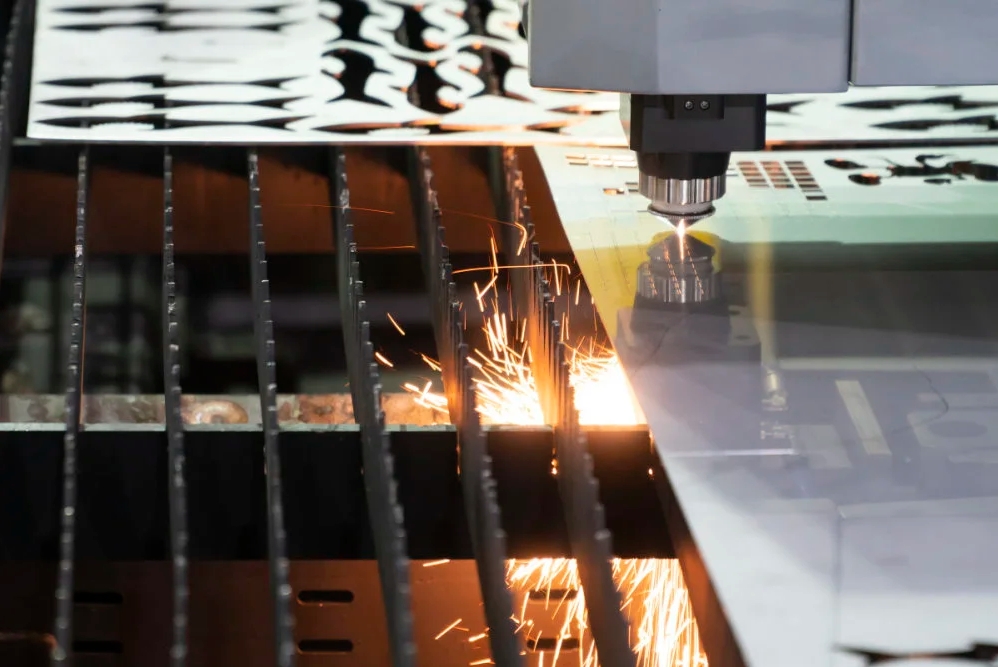Sheet Metal Fabrication’s Eco-Innovation: A Case Study on Sustainable Practices+ View more
Sheet Metal Fabrication’s Eco-Innovation: A Case Study on Sustainable Practices
+ View more
Date:2024-04-16 16:00
In today’s world, sustainable development has become a global focus, with industries across the board seeking ways to minimize their environmental impact. The sheet metal fabrication industry is no exception - as an integral part of manufacturing, traditional production methods are often associated with high energy consumption and waste generation. Thus, eco-innovation not only enhances a company's image but also brings economic benefits to the business while being responsible for the environment. This article explores the eco-friendly measures and materials adopted in sheet metal fabrication and the benefits they bring to businesses and the environment.
Green Materials: The Cornerstone Choice
The selection of recyclable or reusable materials is the first step in reducing the environmental impact of sheet metal fabrication. For instance, the use of recycled metals not only reduces the demand for raw materials but also lowers waste generation. Similarly, choosing non-toxic coatings and anti-corrosive materials ensures product performance while avoiding the release of harmful substances.
Energy Efficiency: Optimizing Production Processes
Upgrading to more efficient machinery and equipment, such as adopting the latest laser cutting technology, can significantly lower energy consumption. Also, optimizing production workflows, such as arranging job sequences sensibly and reducing idle machine time, can enhance energy efficiency.
Waste Management: Recycling and Reduction
Waste material generated from sheet metal fabrication can be sorted finely for recycling – selling scrap metals like iron, copper, and aluminum to recyclers can generate additional income while reducing landfill waste. Beyond physical recycling, some waste products can be reused through chemical treatment methods, such as using treated wastewater for cooling systems.
Process Innovation: Researching Alternative Technologies
Researching and adopting eco-friendly production technologies, such as using electrification instead of chemical etching processes, can reduce the use of toxic chemicals. Additionally, implementing dry machining processes, which do not require lubricants or coolants, can cut down on liquid waste.
Sustainable Practice Case Study: Fuzhan Inc.
Fuzhan Inc. is a sheet metal fabrication company with a strong focus on environmental protection. It has implemented the following measures to reduce its environmental impact:
- Material Recycling Program: Introduced an advanced system for sorting and recycling scrap, greatly improving material reuse rates.
- Energy-Efficient Equipment: All outdated equipment on the production lines has been replaced with newer, more efficient machines, reducing energy consumption by 20%.
- Waste Reduction: Design optimization and precision cutting techniques have reduced material wastage by 15%.
- Eco-Friendly Processes: Adopted environmentally friendly surface treatment processes, reducing reliance on volatile organic compounds (VOCs).
Benefits for Business and Environment
These initiatives have not only enhanced Fuzhan Inc.'s market competitiveness and lessened environmental stress but have also resulted in significant operational cost savings. Clients have recognized the company's capabilities in green manufacturing, leading to an increase in orders. Employees have benefited from a healthier and safer work environment as well.
Through the analysis above, we see that eco-innovation in the sheet metal fabrication industry can bring many positive effects. Companies can achieve economic benefits while assuming environmental responsibility, building a future of sustainable development. For the industry, it is a win-win strategic choice.
Share to:
Recommend wonderful blog posts

